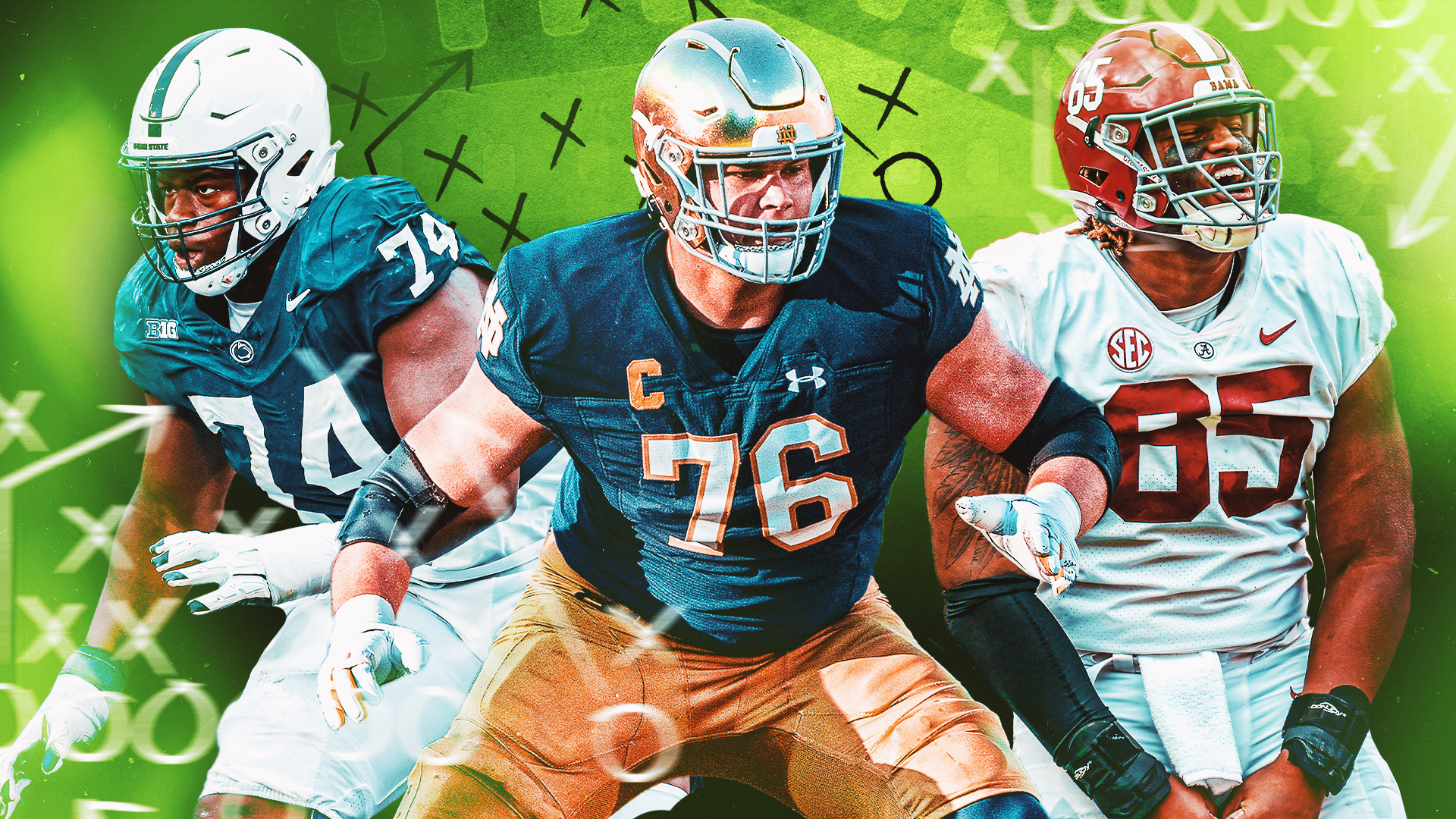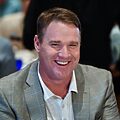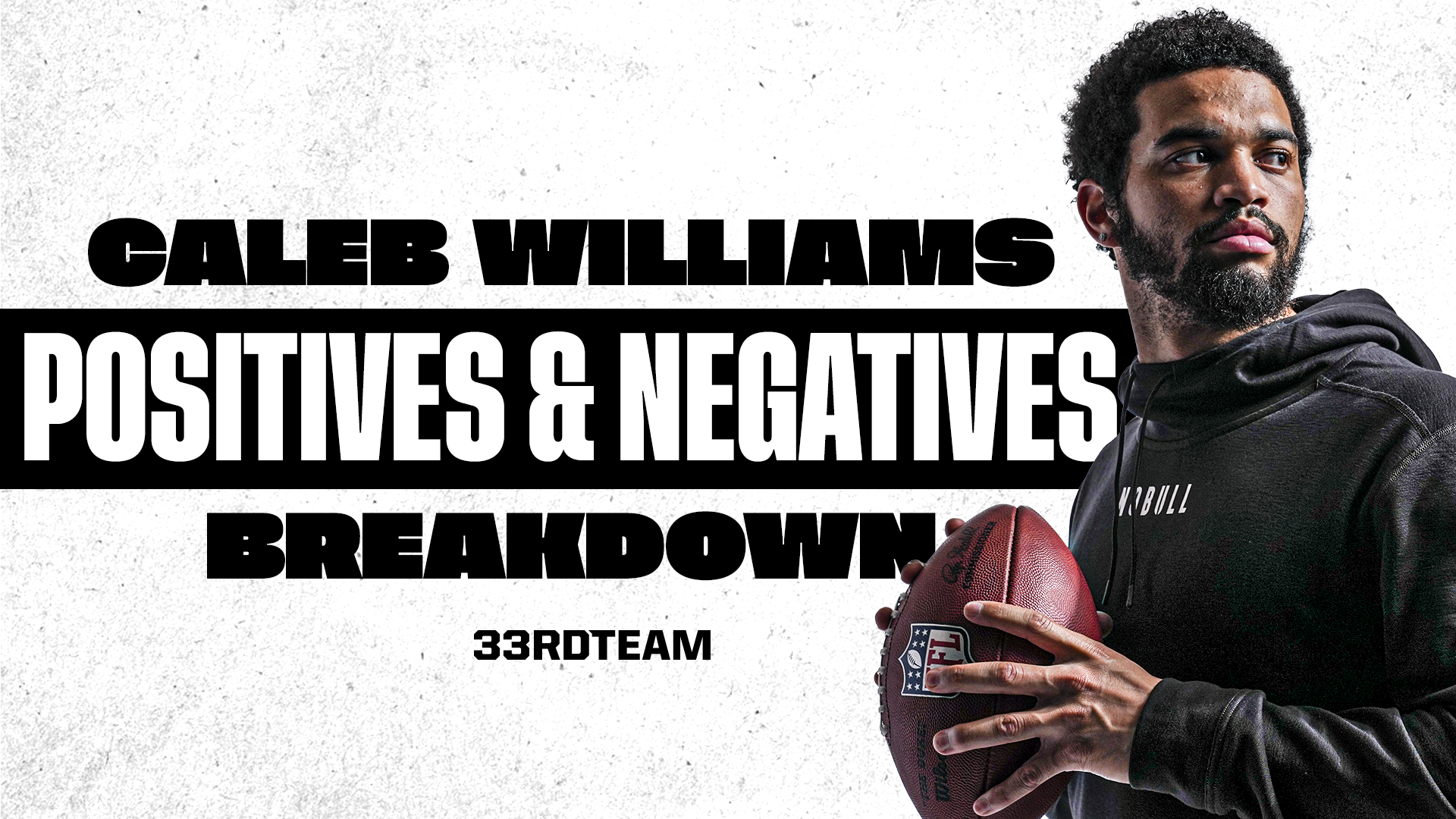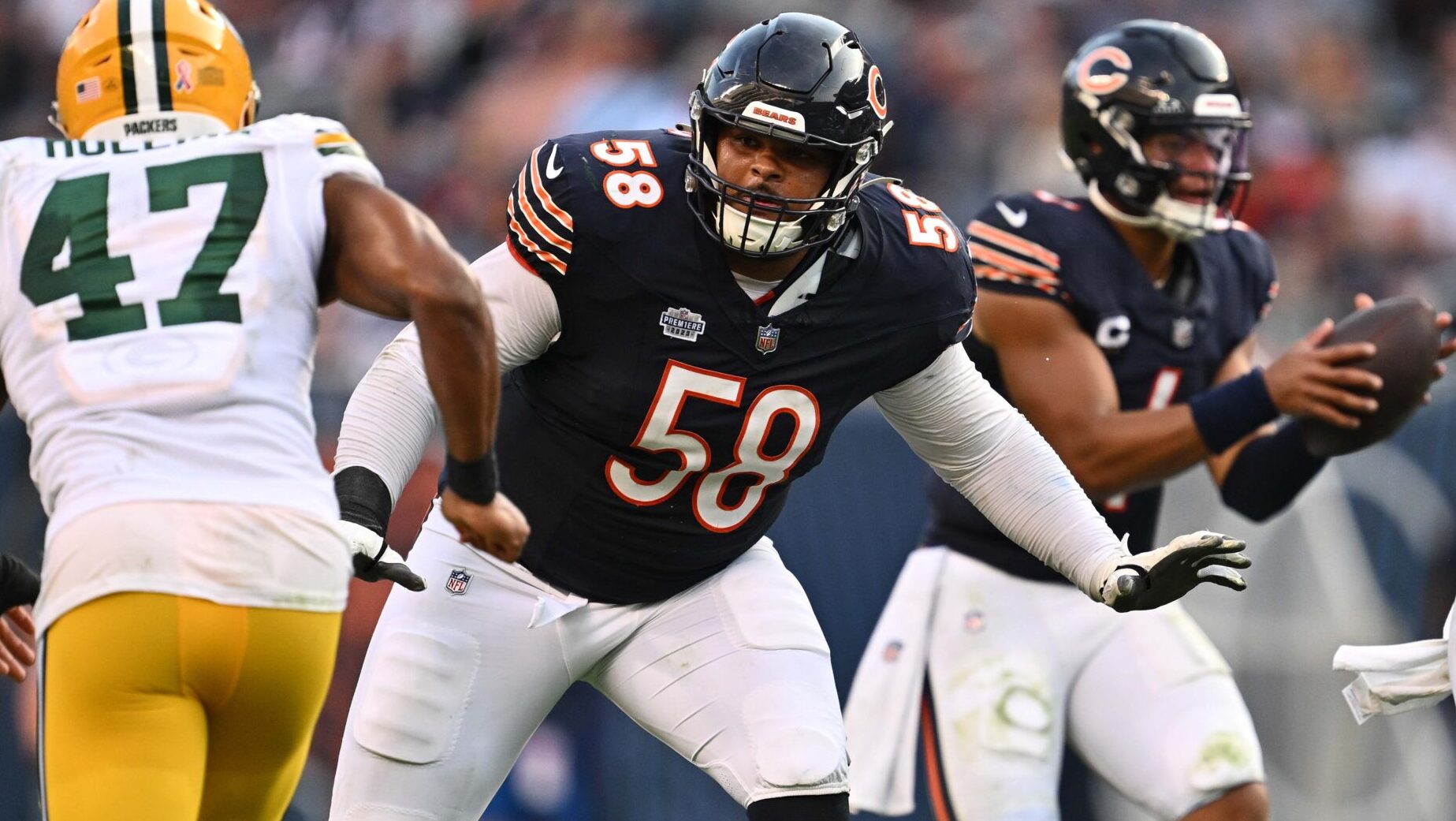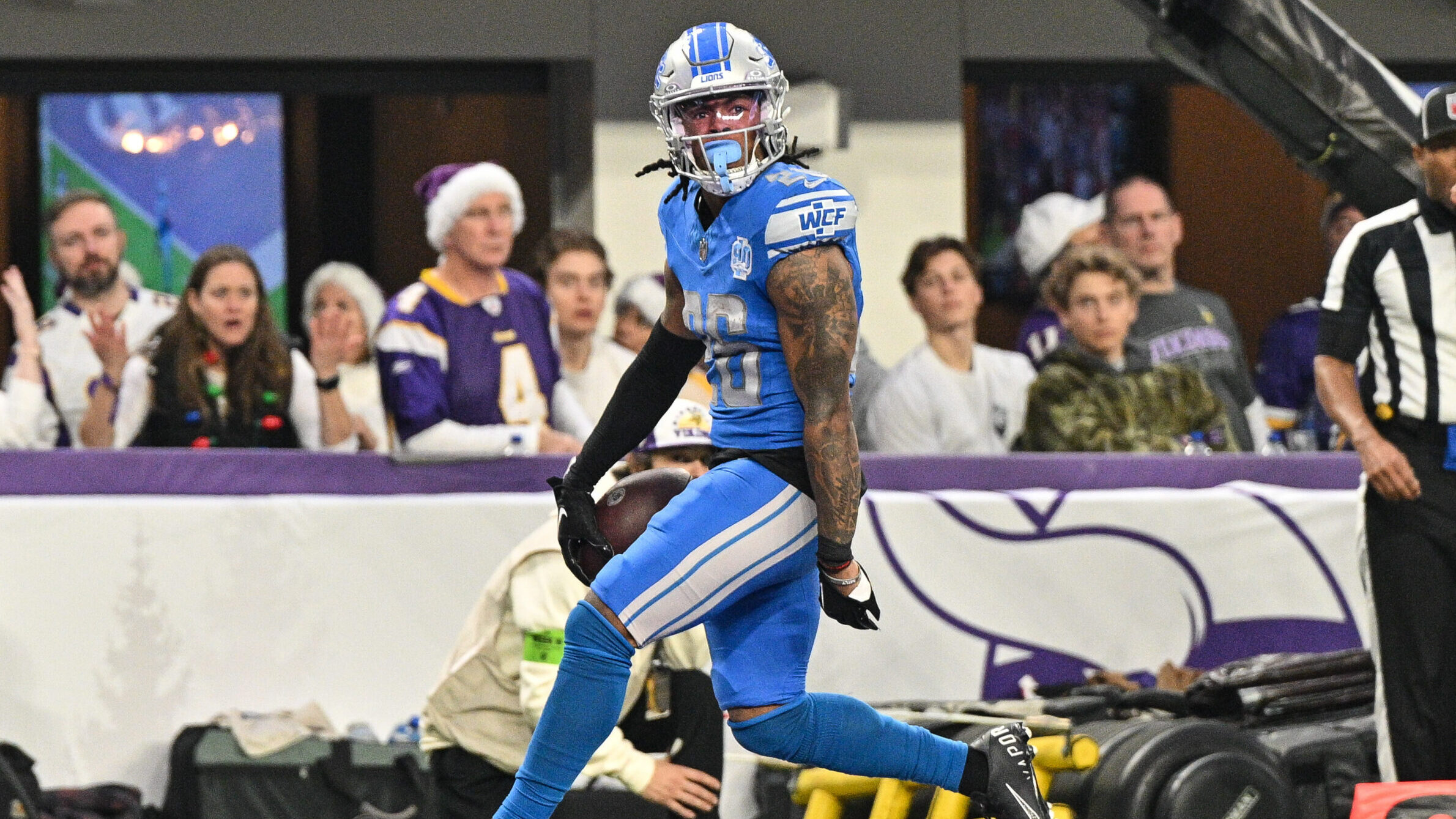Breakdowns
5/3/21
5 min read
Late-Round Draft Strategy
The latter portion of the NFL draft presents a real value proposition. Early in the draft, outside of a few surprises, the board usually falls in a manner all teams have anticipated. This includes any trades that have been developing based on certain contingencies.
It’s when you get to Day 3 that there are more unknowns. The draft moves much quicker and teams do not know what other teams are going to do in terms of trading up or down. When we were in the draft room, what we would usually do is figure out the 4-5 guys that we would be willing to take that will be available at our pick. As our pick approached, we played scenarios like, Do we truly feel confident taking each one of these players if they are the only ones there? Or, What if none of them are available? What if all of them are available? As our guys began to come off the board in front of us, we would have a cut-off where we knew it was time to trade back. At that point, we were making calls to teams behind us just to inform them we are open to moving back. Sometimes it escalates quickly or sometimes it drags out to the final seconds. It is much less precise than the preparations that go into the first round.
Drafting in the seventh round
This philosophy is different for a lot of teams, but when we got into the seventh round, we were very focused on two things. The first is, What undrafted free agents will be a priority for us that will be hard for us to sign? For example, if we had a deep defensive line, like the Eagles have had for some time, it is really hard to convince an undrafted free agent at that position to pick your team. He would rather sign with a team that is less developed at the position, giving him a better shot to make the team and see playing time. You also have a scenario in which the player has a chance to take offers from multiple bidders, driving up his price. So besides picking players we actually liked, that was a huge aspect of our late-round strategy.
The other thing we looked at in the sixth and seventh rounds was, What are each player’s redeeming qualities that could cause them to overachieve where they got selected? This could be any trait that we think has not been maximized yet or a guy from a small school that has not gotten a lot of attention through the draft process. Our view was that if there was a 6-3, 250-pound player from a major program, and we were just assuming the rest of the league missed on him, that was probably incorrect. On the other hand, if you are picking the same player from a school that does not get a lot of exposure, there is a better chance to find value. There can be other reasons we think the rest of the league is missing on a player, like if he missed his final season (this year especially, with the opt-out situations). That was our bottom-line goal -- finding players we think the rest of the league missed on, while still finding guys that we think have enough redeemable qualities to be successful.
Some teams in the later rounds totally switch their philosophy to finding guys they think can contribute on special teams or give them versatility at multiple positions. Our view was that if we started with seven picks, we were trying to acquire 3-4 starters each draft. Of course, we always tried to acquire more picks, but if we start purposely picking players that we know are not starters because we are late in the draft, we have dramatically reduced our chances of coming away with starters. It gets really hard at the end, but we tried to have an overall philosophy of whether we thought each guy had a legitimate chance of being a starter before we made our selection.
When I was in Philadelphia, our best late-round pick was Trent Cole in the fifth round in 2005. He had four double-digit sack seasons for us, and was a player other teams really had to worry about. He weighed under 240 at the Combine, but we were aware that prior to the Combine, he had an operation that had nothing to do with football that had not received a lot of attention. He had lost a lot of weight going into Indianipolis, and as a staff, we agreed that had this guy been 20 pounds heavier, he probably would have gone in the second round. Those were the types of steals we were looking for. Guys that had a reasonable chance to overachieve where they were drafted based on a certain trait.
Most of the time, those picks do not overachieve, but at least you are giving yourself the opportunity to draft a starter, rather than conceding for a guy you only envision to play special teams. This can be as simple as identifying players that were playing with a high ankle sprain. We looked for these explanations very closely towards the end of the draft and into undrafted free agency.


